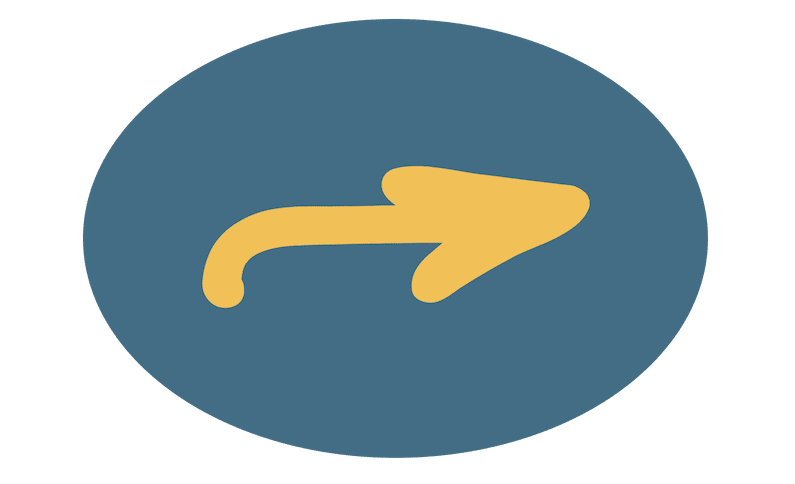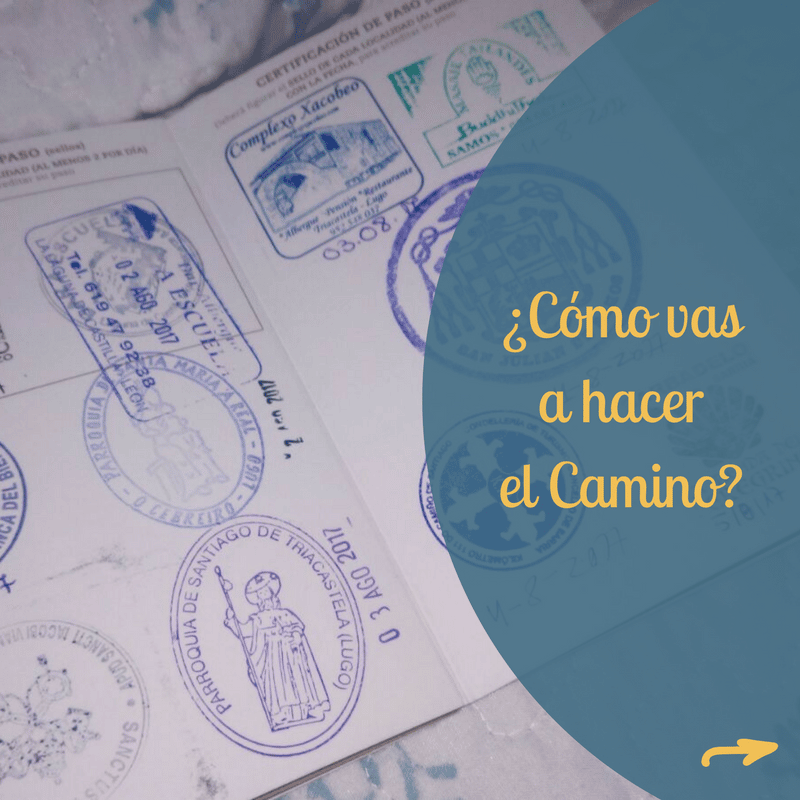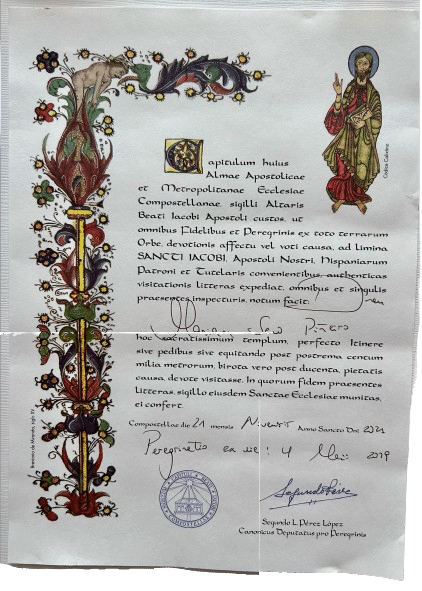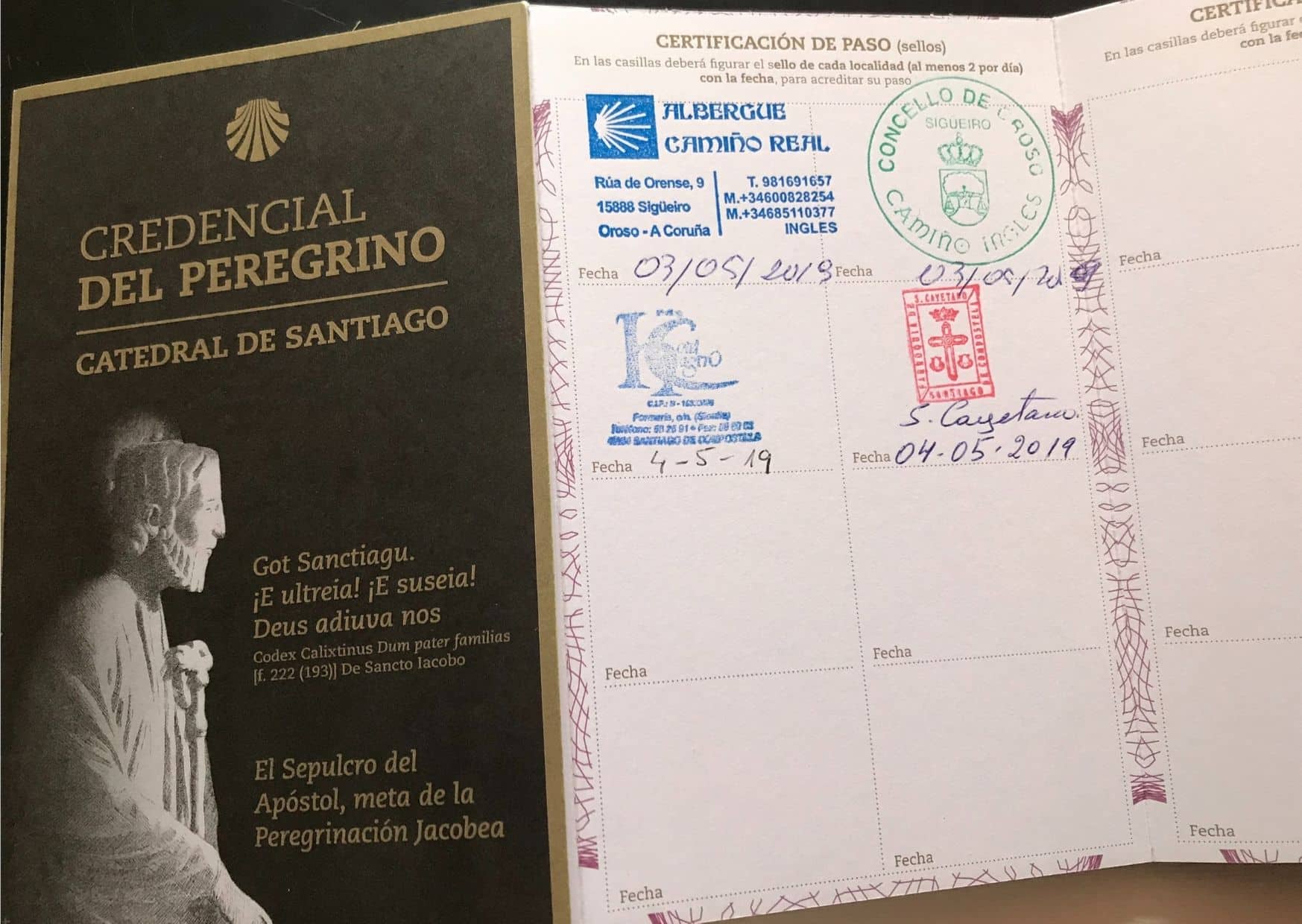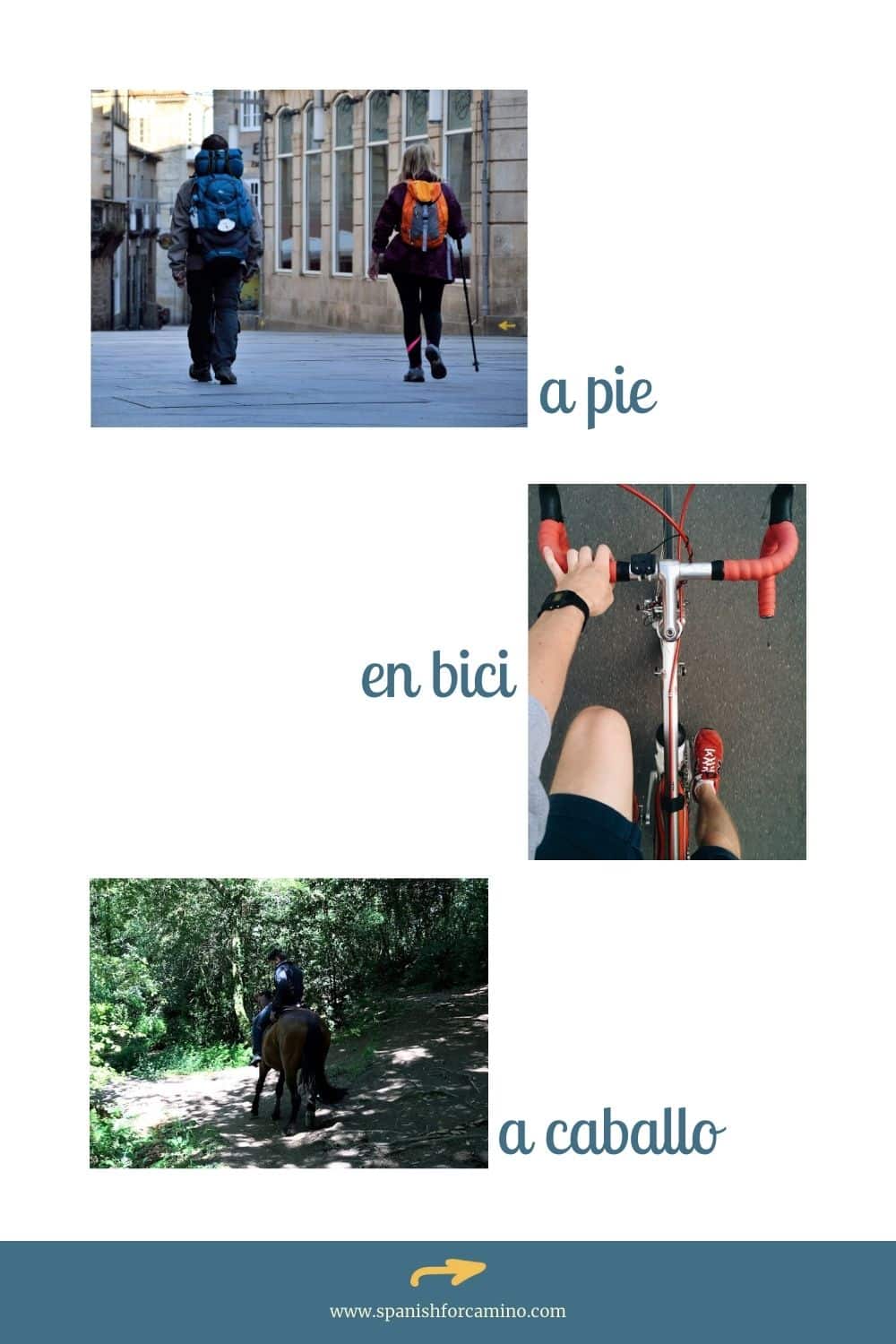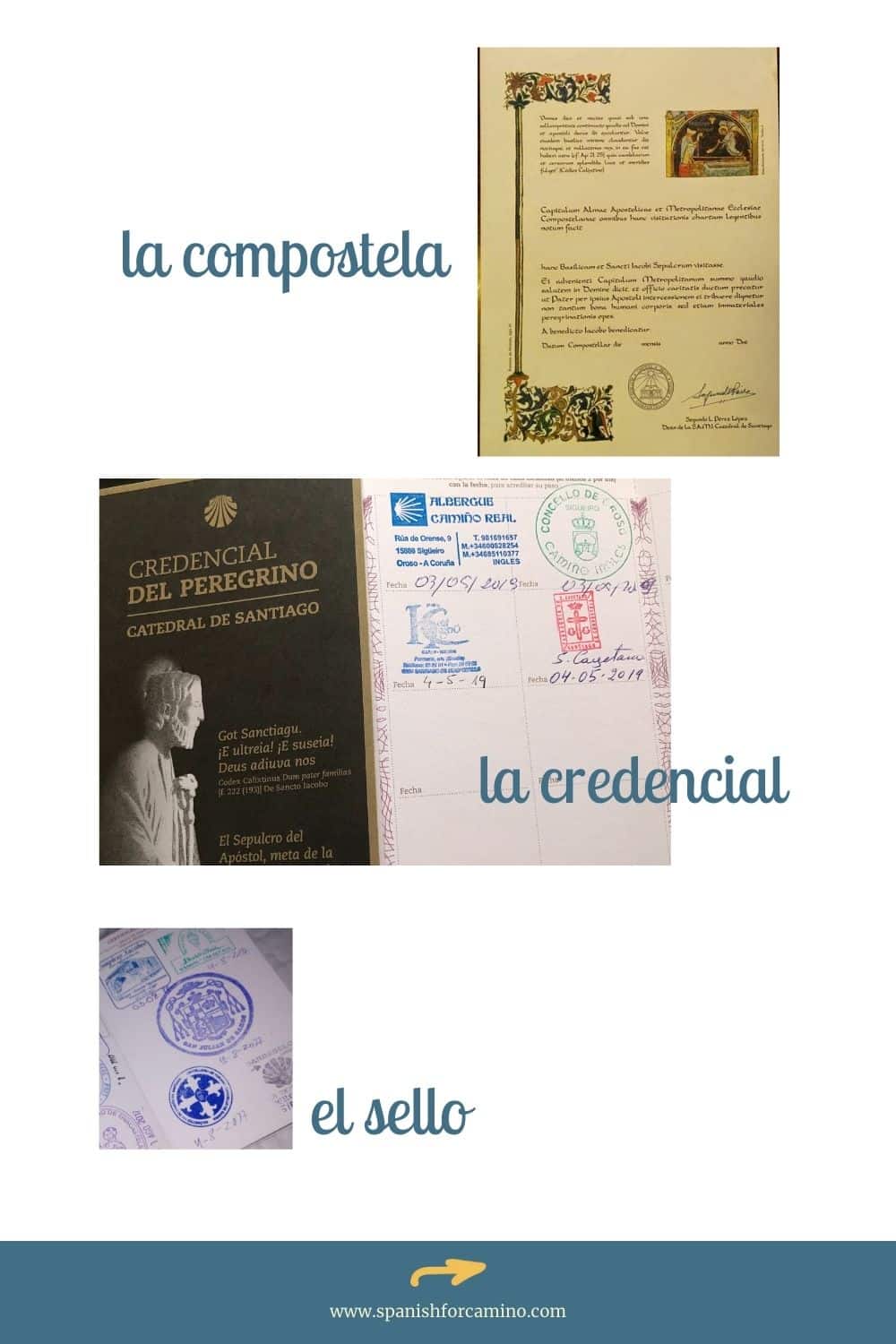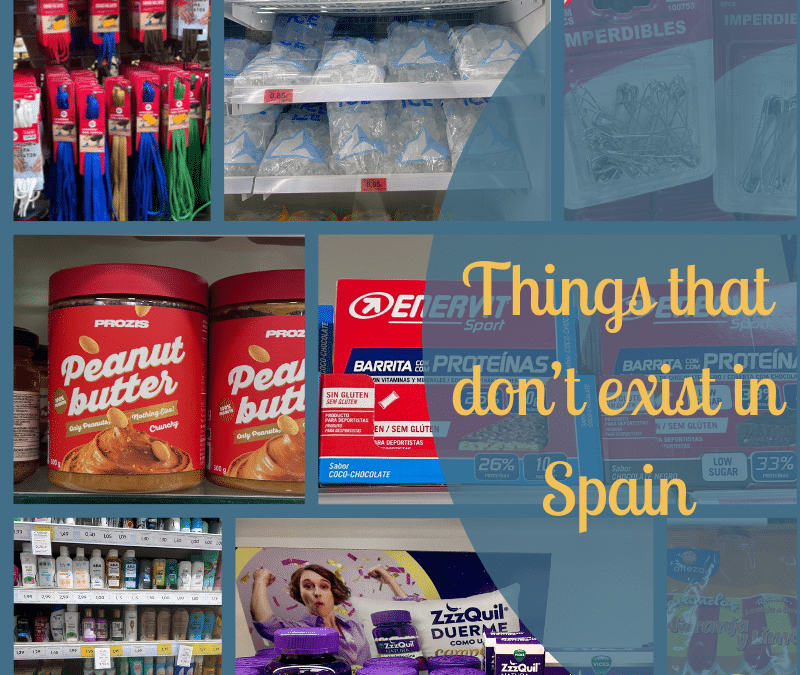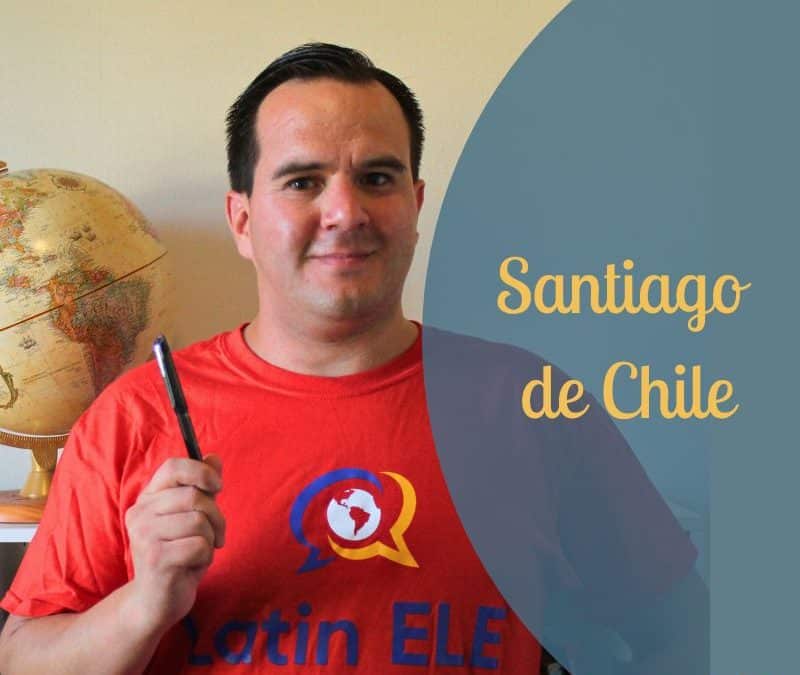
From Santiago… to Santiago
The final destination of the Camino de Santiago is, of course, Santiago de Compostela, the historic city in Galicia, where the remains of the apostle Saint James were supposedly discovered in the 9th century.
But did you know that Santiago de Compostela is far from the only Santiago in the world?
There are over 140 Santiagos worldwide, and in the podcast we visited the biggest… and possibly the best known together with Santiago de Compostela. We took a trip to Santiago de Chile with a special guide: Marco Fierro, creator of LatinELE, where you can learn Spanish with a Latin American twist.
Not too long ago I joined Marco on his podcast to talk about the Camino de Santiago. On this occasion, he joined me on the Spanish for the Camino podcast to talk about his town.
Marco was born and raised in Santiago de Chile. He studied there, made friends there, and still has a soft spot for the city. He told me that Santiago is home to about 8.5 million people—nearly 45% of Chile’s entire population! That makes it not just the capital but also a bustling urban center full of culture, activity, and diversity.
Why is this city called Santiago?
Before he set out from Peru to Chile, Pedro de Valdivia prayed to the apostle Saint James for protection and a successful expedition. The journey was dangerous and there were many casualties. But Pedro de Valdivia made it, so when he founded a new city in 1541, he named it after Saint James.
What to see in Santiago de Chile
Marco recommends starting with the Plaza de Armas, the city’s historic heart. There you’ll find the oldest post office in Chile, the city hall, and loads of restaurants and shops nearby.
Another must-see is Cerro San Cristóbal, a hill that offers panoramic views of the city and even a funicular ride to the top. And of course, don’t miss La Moneda, the presidential palace and a symbol of Chilean history and politics.
If you’re curious about Santiago’s version of the Camino, Marco also mentioned La Vía de los Andes, a 25-kilometer urban walk that starts from the city’s cathedral and ends in the district of Las Condes. It’s inspired by the Camino de Santiago and gives you a taste of pilgrimage, South American style.
Chilean foods you should try
You can’t talk about a city without talking about food! Marco recommends:
-
Pastel de choclo: A savory corn pie (don’t be fooled by the word “pastel”!) made with corn and meat (beef or chicken). Choclo is the Chilean word for corn, maíz in Spain.
-
Empanada de pino: A baked empanada filled with a mix of meat, onions, hard-boiled egg and olives. Heads-up—watch out for the olive pit!
One of the best places to try local food is Mercado Central, a lively market near the Plaza de Armas full of restaurants and traditional flavors.
Chilean words you should know
Chilean Spanish has a reputation for being hard to understand, even for native Spanish speakers! Why? Lots of local slang and unique expressions.
Marco gave us a couple of words you’ll hear a lot in Chile and I added a couple more that caught my attention when I visited Chile many years ago:
-
“Po” – Short for “pues,” it’s added for emphasis.
¿Te gusta el pastel de choclo? – Sí, po. -
“Cachar” – To get or understand something.
El español de Chile es un poco difícil, ¿cachai? = Chilean Spanish is a bit difficult, isn’t it? -
“Cabro/cabra” – A guy/girl, often young.
Me voy con los cabros = I’m heading out with my friends. -
“Harto” – A lot.
Se usa harto en Chile. = It’s used a lot in Chile. -
“Al tiro” – Right away or immediately.
Voy al tiro = I’m going right away.
Final tips for visiting Santiago
If you’re planning a trip, Marco had a few more practical tips:
-
Be aware of your belongings, like in any big city.
-
Use the Santiago Metro, one of the most modern and extensive metro systems in Latin America.
-
If visiting in summer, bring water—it gets hot!
-
If you’re there in winter (June to August), bring warm clothes and maybe hit the slopes in nearby Farellones, a ski area in the Andes.
Muchas gracias a Marco for joining me and giving us this wonderful virtual tour of Santiago de Chile!
If you want to learn more about his work, check his website: https://latinele.com/
or download his free mini ebook Spanish Adventure’s Companion: https://latinele.com/adventurescompanion/
And if you want to actually see Santiago de Chile, you should watch this video from Marco’s YouTube channel.
Want more?
Make sure you don’t miss any posts or announcements by subscribing for free here. You’ll receive the transcripts + vocabulary guides + interactive exercises of episodes 1-5 of the Spanish for the Camino podcast. And… you’ll get access to exclusive content too.
